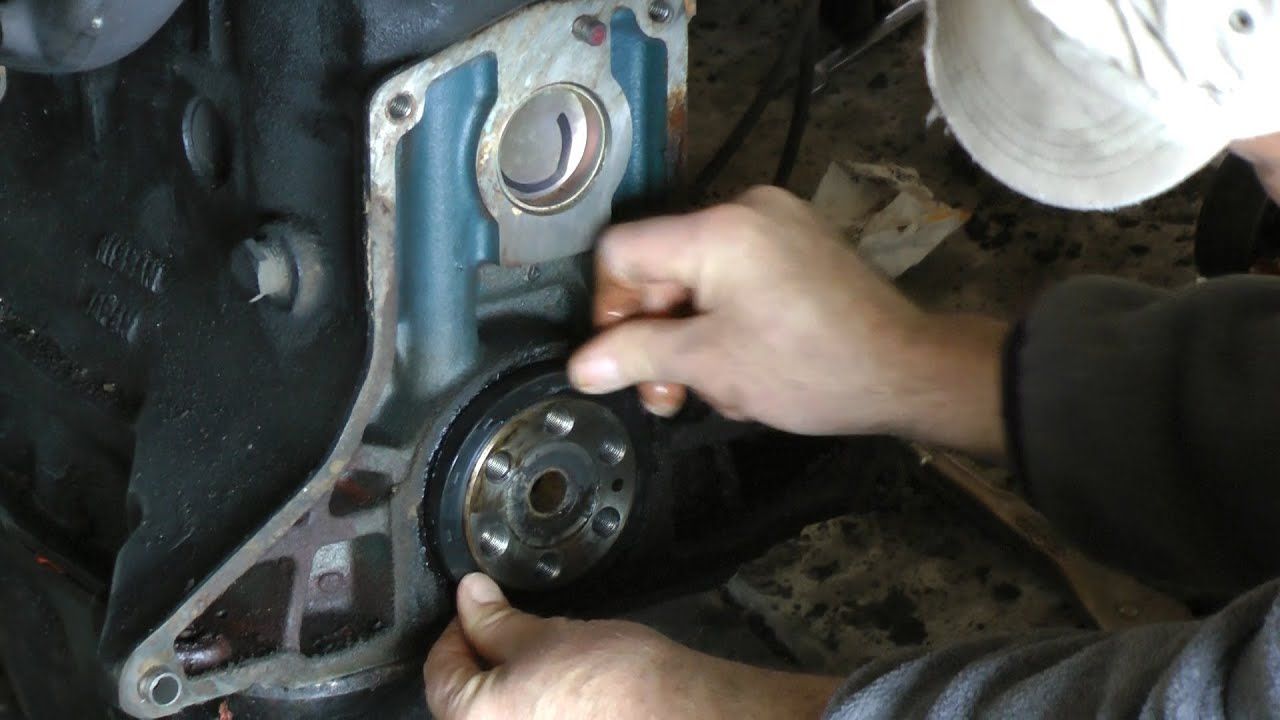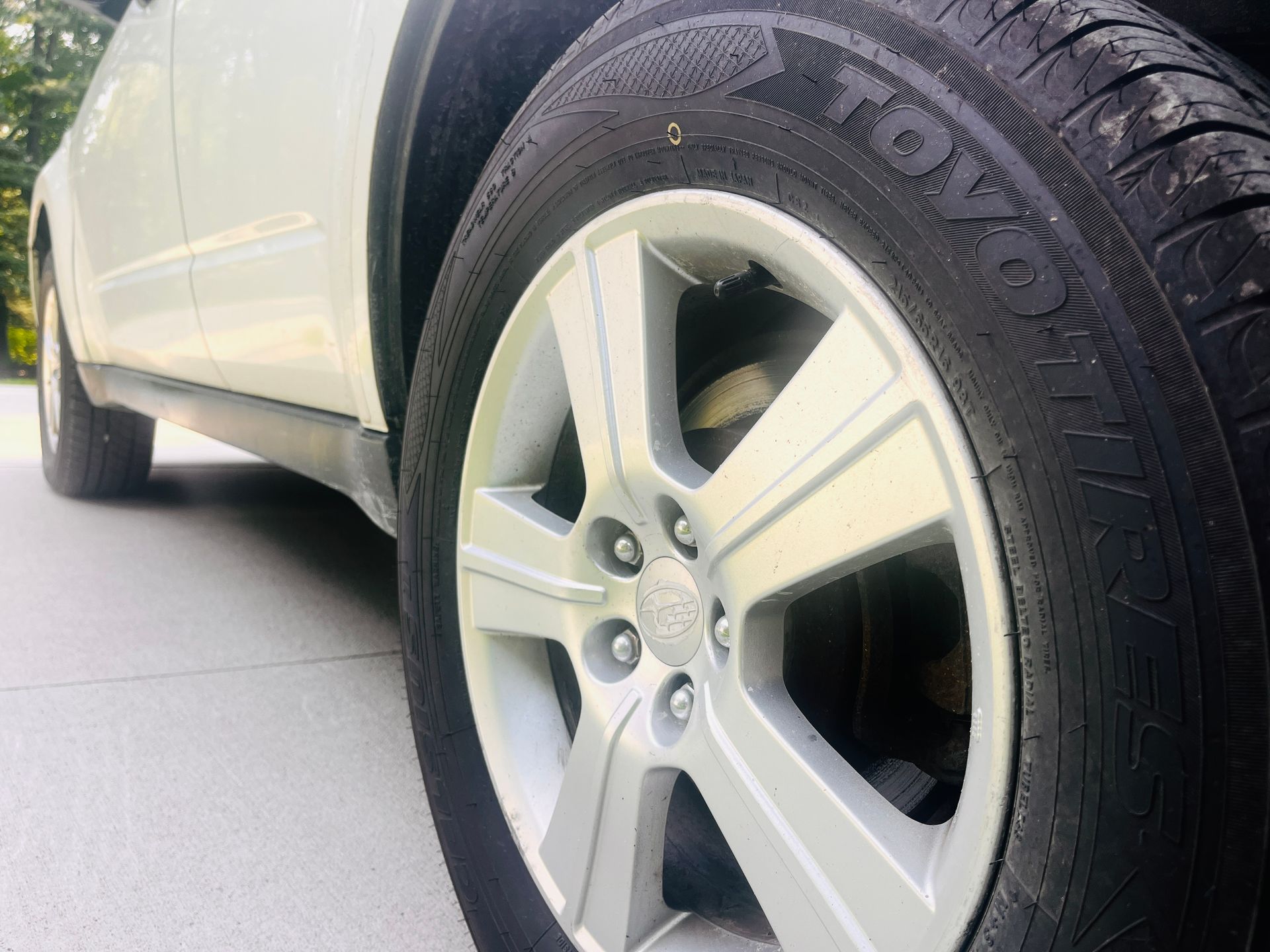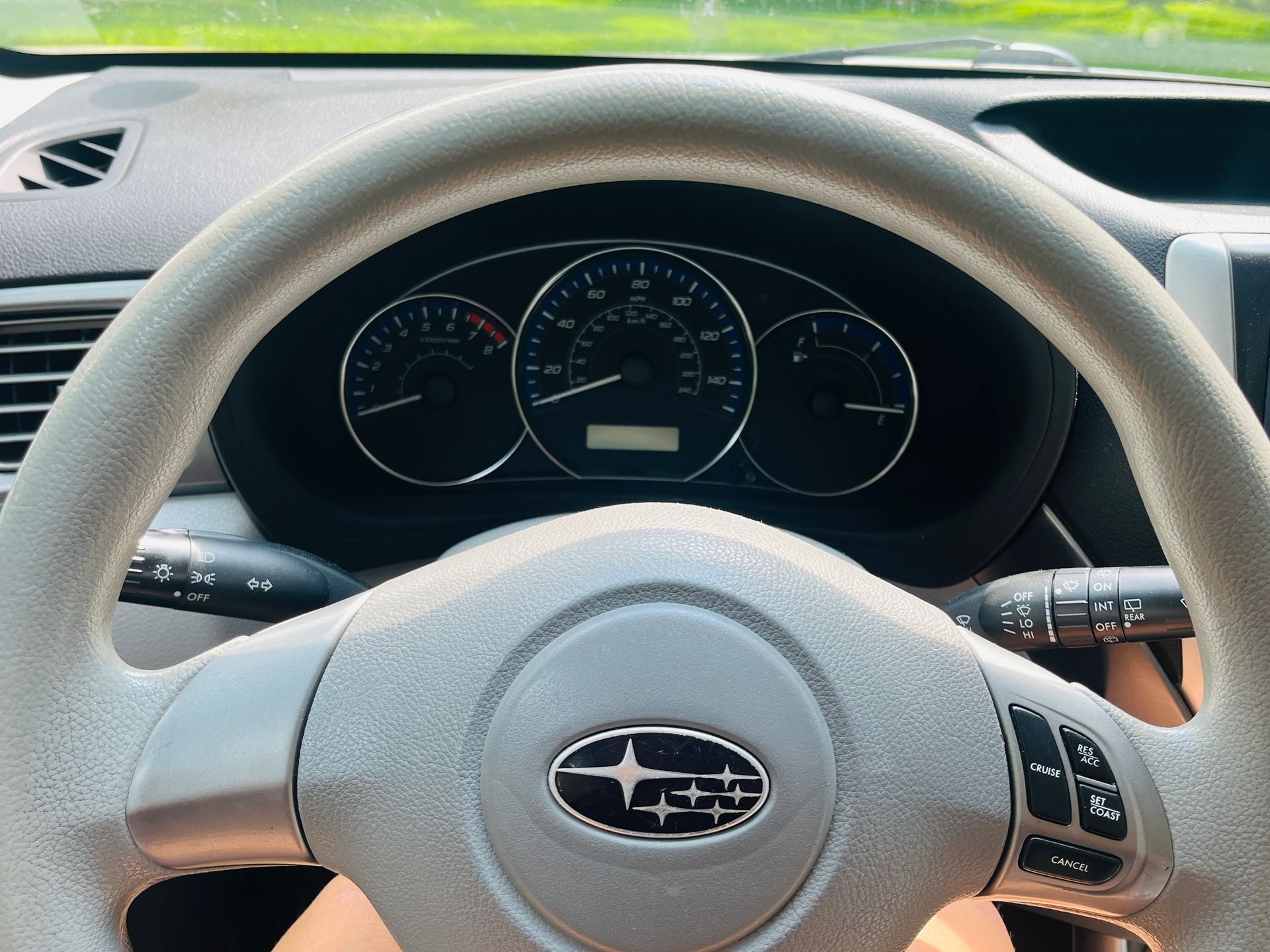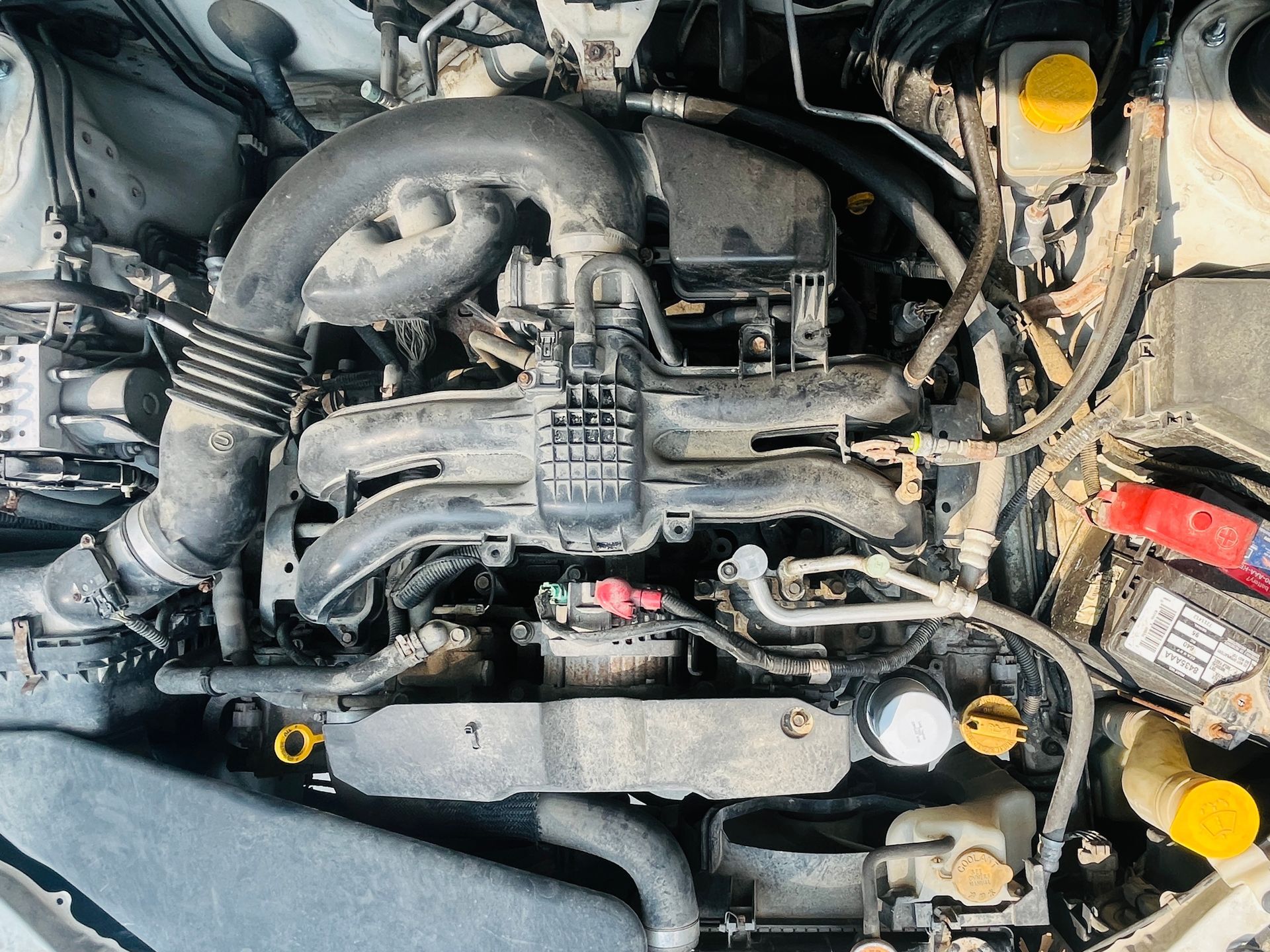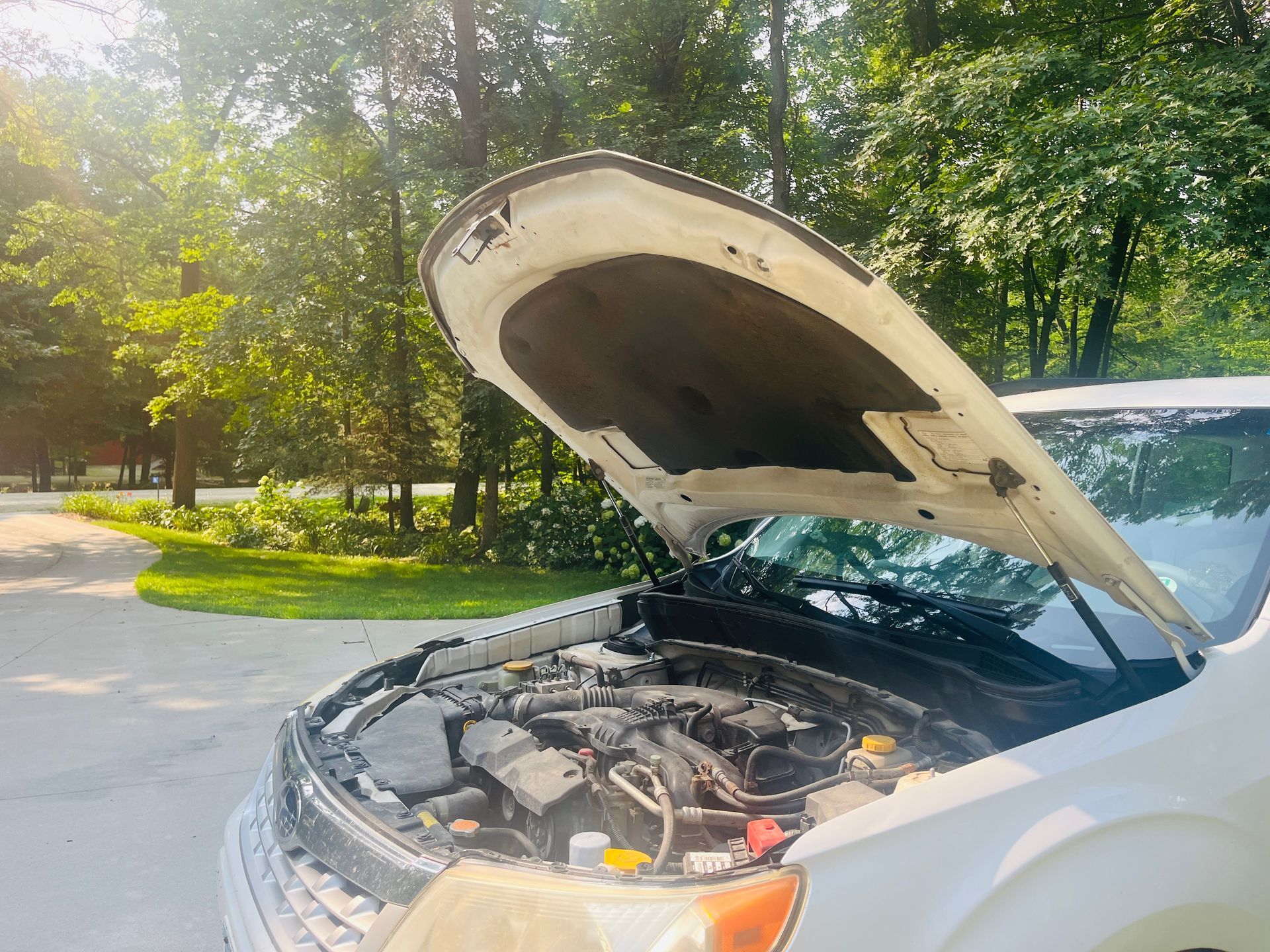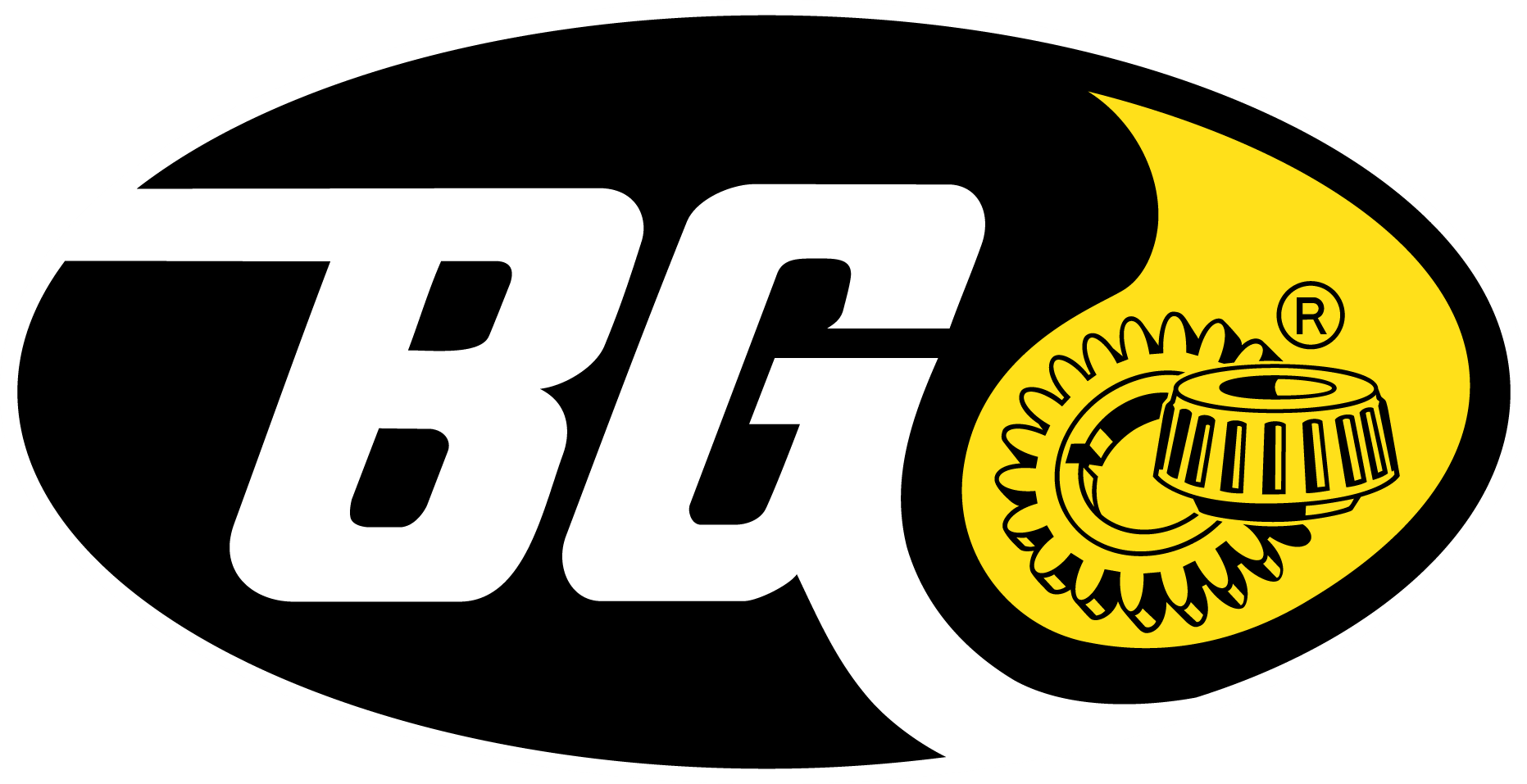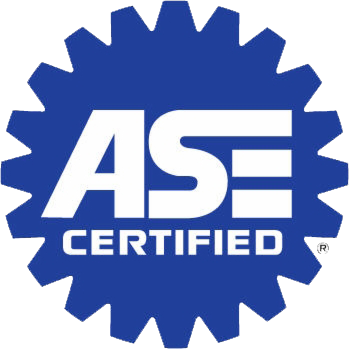Make the most of your auto experience
June 4, 2015
I got an email from Mayo a month ago basically saying "you're turning 40 (as if I needed a reminder!), you need preventative maintenance." I dutifully picked up the phone and scheduled a physical a few weeks out. I then began paying extra close attention to my body and wrote down questions or concerns as they came so I wouldn't forget to mention them during the visit.
At my appointment, my doctor assessed all of my systems, addressed my concerns, prescribed a medication, ordered tests and gave me advice. Within a couple days of my visit, I received more emails-a message from my doctor, test results and future test appointment reminders. I was so grateful for the correspondence and my forgetful 40-year-old brain was pleased with the reminders. With something so dreaded, like a doctor visit and potential cost of that visit, I started to wonder why the experience felt satisfying.
What makes you satisfied with any given experience? Did someone do or say something that made it even better than you anticipated? Or if an experience was disappointing, why was it? How might it have been better? Was it poor because of something you or someone else did? What does this look like in the automotive industry? And how can we strive to make the best out of the experiences we have when we take our vehicles in for needed repairs and maintenance?
COMMUNICATION
Good communication is vital to your auto-shop experience and it starts with you. You are the one to first make an appointment. Once you do, pay attention to your vehicle more than usual and note the details of your concern. You know how it feels when everything is healthy and right, just like with your body. So make sure you are prepared when you take your vehicle in by using all of your senses to describe your vehicle's ailments:
-Unusual sounds, odors, drips, leaks, smoke, warning lights, gauge readings
-Changes in acceleration, engine performance, gas mileage, fluid levels
-Problems in handling, braking, steering, vibrations
Ask yourself under what circumstances does the problem occur:
-When? Weather conditions (hot or cold)?
-Is it constant or periodic?
-At all speeds, with acceleration, during braking, when shifting?
Once you arrive for your scheduled appointment, pull out the list you've made and communicate your findings in as great of detail as possible. I do, however, urge you to resist the temptation to suggest a specific course of repair. Just as you would with your doctor, tell where it hurts, how long it's been there, give as many other specifics as you can and answer any questions that are asked. But let the technician diagnose and recommend a remedy.
If you are anything like me, with the world wide web at my fingertips, the first thing I do when I notice a symptom is Google it. Golly, I've had myself diagnosed with MS and other diseases. My MS ended up being Celiac Disease and my other diseases … well, I am too embarrassed to admit what the true diagnoses were. The bottom line is, your technician is educated and equipped with knowledge and the proper diagnostic tools to make a better diagnosis than you.
REPAIR PROCESS
Diagnosing, repairing and maintaining vehicles take time. Do you understand the process of how your vehicle is cared for? The repair shop has a set number of technicians. They must schedule a certain amount of work to ensure each technician's day is adequately filled. Vehicles come in for all sorts of reasons and display all sorts of symptoms. The repair shop has no way of knowing ahead of time what the diagnosis will be or if the customer will authorize the repair once it is diagnosed. Do your best to assist them in providing timely service. Give them the best contact number for you so you may be reached in a timely fashion. Or if there is an alternate way of communication that is preferable like texting or email, let them know, as most shops would be happy to contact you in that way.
If you cannot be reached, it puts a wrench in the process. Let's say your mechanic had to take off parts of your vehicle in order to assess it. He finds what is needed to repair the specific problem and notifies the service advisor of his findings. The service advisor generates an estimate according to the recommendations and calls you. But you are not available. What should be the next step? Your car is lifted on a hoist assigned to a technician and is disassembled. Since you are not available, he cannot move forth in the repair. He must then wait for you to call back or reassemble your vehicle and move onto the next so that he can continue to be productive. It is an intricate process and can be so much more satisfying for everyone if you and your repair shop have great communication.
ATTITUDE
Let's face it my friends, the single most important key to any satisfying experience is attitude. When I was having a test performed during my recent physical, my doctor had a concern and needed another doctor to perform the test again to confirm her diagnosis. I could have approached this with two different attitudes-irritation and annoyance with the situation or understanding and acceptance. I said, with a perky tone "Absolutely, I understand! I am happy to have a second opinion." Why would I want to make her feel bad for wanting a second opinion? Why would I want to make her feel bad for the extra time it would take? Shouldn't we all be kind, considerate and understanding in all circumstances?
Is this how you are? Do you make the best of any situation? Do you make lemonade out of lemons? Or do you do your best to squeeze the lemon in someone else's eyeballs? Why don't we strive to be the best we can be, allowing others to be their best … and in the end, we can all enjoy lemonade!
Having your vehicle serviced is a necessary part of life just like going to the doctor. It can be satisfying if you communicate well, understand the repair process and have a good attitude.

